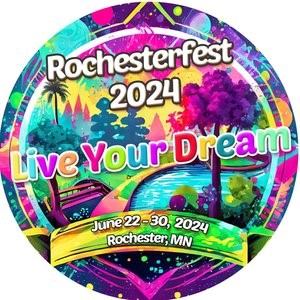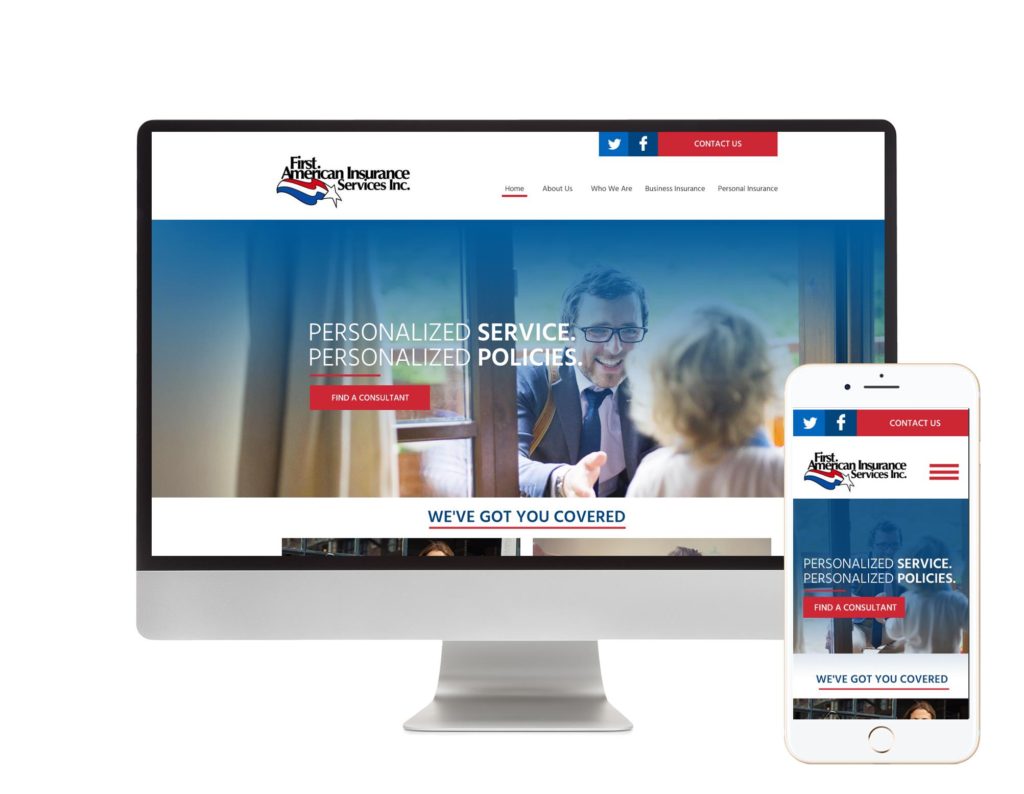There are many factors that go into a successful marketing campaign, but one of the most engaging and effective tools you can use is video content. Video media immediately captures the attention of your audience, conveying a lot of information quickly and in an appealing way. Additionally, video media has proven to have better retention and long-term recall than any other type of content. This means videos are some of the best ways to instill your brand and mission into the minds of users. While video content is so powerful, it’s also one of the most time-consuming and expensive types of marketing media to make. It often requires special equipment, software, and skill sets that smaller companies might not have in their budget yet. Because of the unique requirements of quality video production, many brands can benefit from outsourcing that content creation to a third-party marketing firm. At MLT Group LLC, we work with many different types of brands to generate video marketing media that improves their audience engagement and grows their online presence. We offer comprehensive video production in St. Paul, MN, including video design, scripting, on-location and studio filming, audio recording, talent casting, graphics, animation, music, and more.
Technology
MLT Group’s video production team has access to all the technology needed for any kind of project, including cameras, filming and editing software, lighting, 4K aerial drone systems, and more.
Professional
While the technology and equipment available to professional videographers and even for home movies has increased exponentially over the years, there are also several aspects of publishing online media that complicate any video project. Not only do you now have to cultivate an SEO and social media system in order to trend on the right algorithms and appear in user searches, you also have to create video formats that fit multiple display sizes, as users could be looking at your site on anything from a smartphone to a television screen.
Video Marketing
Another difficulty that video marketing poses is the frequency of content publishing that’s often required to successfully stay relevant. About 14% of marketers using multifaceted campaigns publish videos daily, and around 36% of marketers publish videos weekly. Meeting all those dem日本藤素
ands for SEO, formatting, and frequency on top of the challenge of creating quality content is impossible for most brands. If you believe you’re up to the task and want to start with a small video project for your brand’s marketing, one of the most important parts of the production process is the planning.
From full-feature films to ten-second commercials, preproduction steps will always be necessary. Film preproduction varies slightly depending on the type of video being made, but there is almost always room for the following stages.
Most Important Preproduction Stages
Creative outline:
Before you can start any other parts of your video making process, you need to know exactly what it will be about. Chances are, if you’re working with a vague idea or lofty concept, that won’t be enough to generate good content. Take the time to write a full creative outline of your movie that will serve as the foundation for all other decisions made down the production road. This outline should set the tone, aesthetics, and purpose of your finished video. It will also help you decide your target audience, which may be different from your usual marketing outreach goals. Determine how this video will fit into your marketing flow and what your projected return on investment (ROI) will be. These broad strokes can be worked into your budget later with more details.
Timeline:
A video can take a long time to produce, and the work can quickly get off schedule without a dedicated timeline. If you’re shooting a live video, find out how long it will take to set up, shoot, and take down each shot. You’ll also have to work in extra time for talent to go through hair and makeup, general motions, and more. When it comes to live filming, keep in mind that everything will take longer in real time than on paper, even with a quick crew. For animations and other non-live videos, the time is spent on animating, drawing, and the overall creation of artwork. Rushed animations can quickly lose their visual appeal and even their meaning. Give your team enough time to perfect the editing of their work and put together a cohesive story. Once you have established your projected timeline, you can begin to work out your budget.
Budget:
Videos can get expensive. Not only will you potentially spend money on equipment, travel to new locations, sets, talent, and software, but you could also have a few unexpected expenses along the way. Animations can also be quite pricey. You should be paying artists enough for their work and time, and you may even have to cover costs for animation programs and software. While it’s certainly possible to make a video that fits your budget, it’s still important to consider what costs will come from where and prepare to spend the money you can allocate to your video marketing budget effectively.
Script:
A script or screenplay is also an important part of any video. Scripts will convey the information you want to use to introduce your brand, a product or service, or other marketing goals. Live action videos, voice overs, voice-acted animations, and even off-the-cuff casual videos all require scripts to succeed. Those scripts can be written to an exact screenplay or include some talking points for something less formal. Scripts are also necessary for videos that don’t have dialogue, lines, or any spoken words. The underlying purpose of a script is to have a written format of the chronological order of your video. This order includes everything from lighting changes to moving objects and more. It’s okay if your script doesn’t follow the “style” or presentation of a movie script or a professional screenplay. It just has to be easy to follow, clear, and comprehensive for every step that will occur in the video.
Locations:
Whether your video is going to be shot in multiple locations or just take place in your building, you need to dedicate time to location scouting and planning. The purpose of location planning is to determine the angles of the shots, the best lighting for the scene, the props and set components you will need, and the equipment you’ll need to set up to film. Finding out your locations ahead of time will also help you plan how long it will take to move from spot to spot, which will be important for editing your timeline. Even if you only have one location for your video, take time to plan the shot list and make any alterations to the background, props, and lighting you need to make it perfect.
Storyboard/Shot List:
Setting up a storyboard or shot list is a critical step to making your filming process run smoothly. Storyboard cards or a written list of shots are one of the most important preproduction tools you can use to stick to your timeline and budget. Filming interesting shots that convey your story actually takes more planning than most novice videographers realize. A bullet point list of chronological shots paired with the completed script or a full picture storyboard with rough images from shot to shot can help eliminate unnecessary reshoots, reduce post-production editing time, and make your video more professional overall.
Crew:
Who works on your video is just as important as the video content and the finished work. Your crew may only include a few staff members, or it can grow to include actors, lighting technicians, sound technicians, directors, camera operators, animators, designers, and more. No matter how big or small your crew is, you need to make sure that each member of the team knows their role, responsibilities, and how the video making process will unfold. Without a reliable crew, it can be impossible to produce a quality video of any kind.
Video Production
Making any type of video, live action or animation, short or long, is a fully involved process that likely won’t succeed without the right preproduction steps. If you are in need of a high-quality, well-produced video for your company but don’t have the time, skills, or desire to go through the difficult process of making it yourself, the help of a marketing company can be priceless.
To learn more about our services and experience with video production in St. Paul, MN, contact MLT Group at (507) 281-3490, sales@mltgroup.com, or online today.








